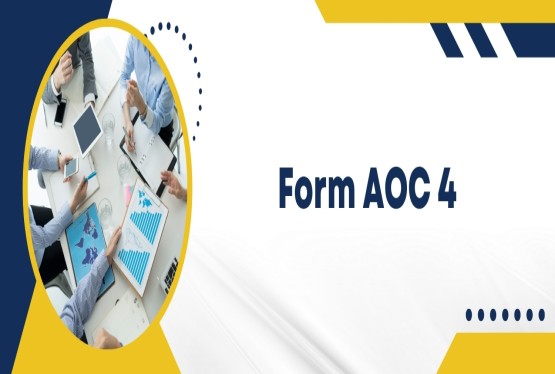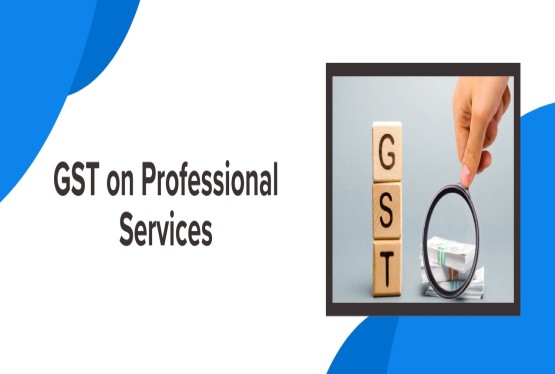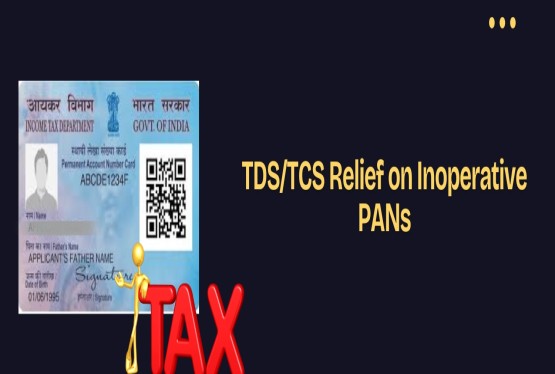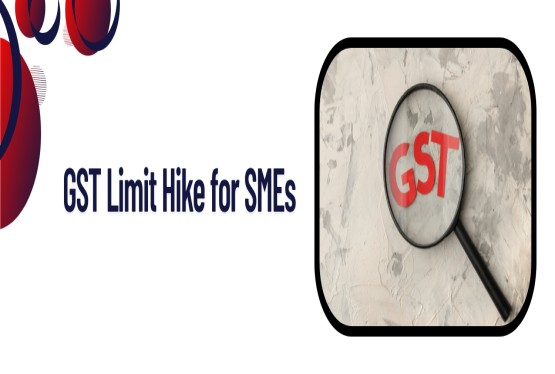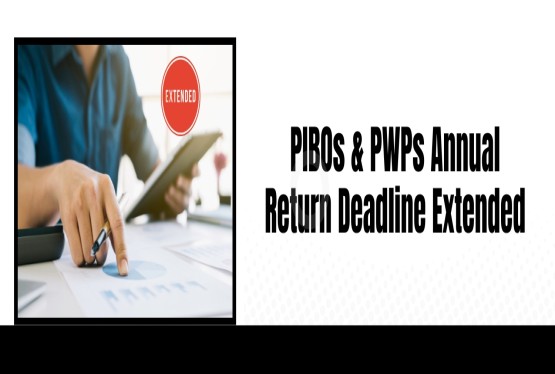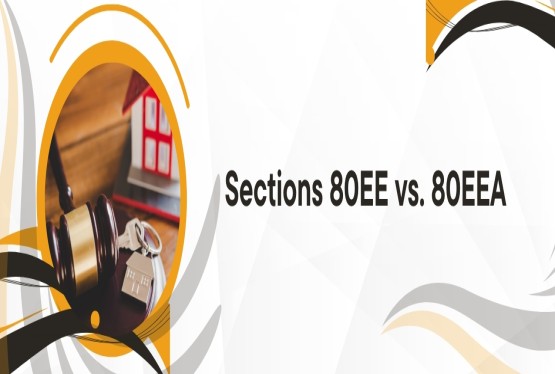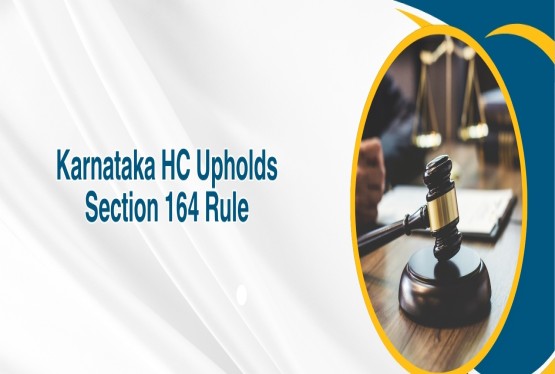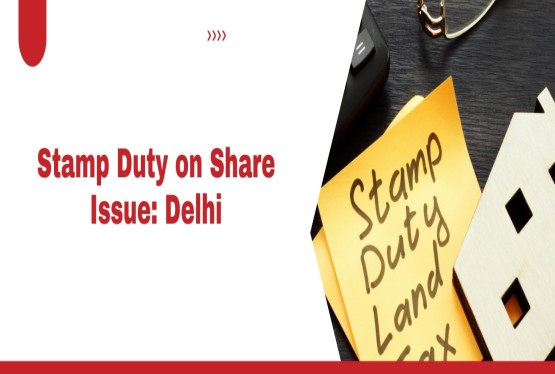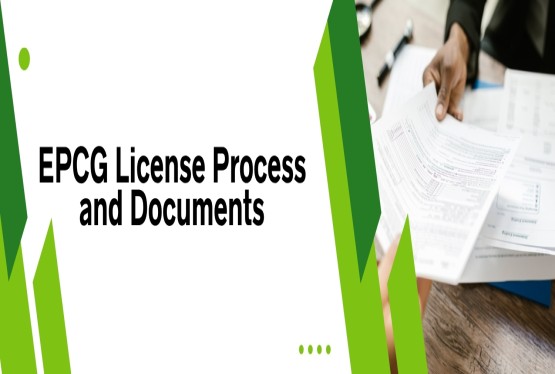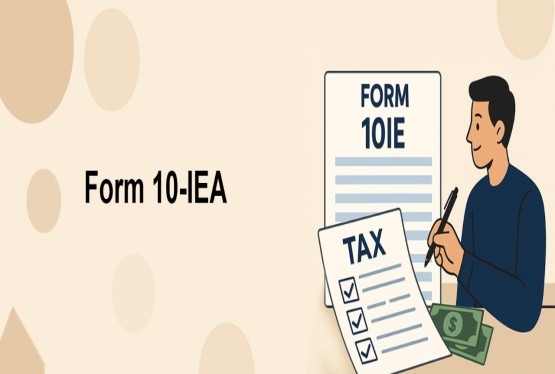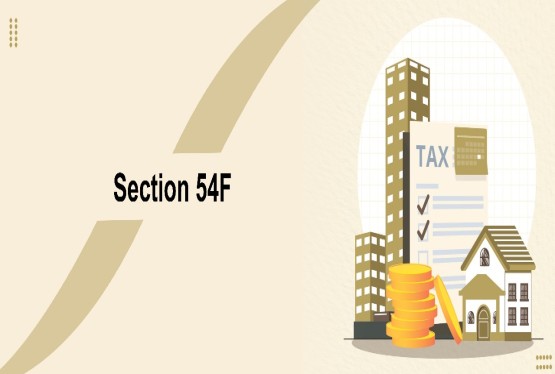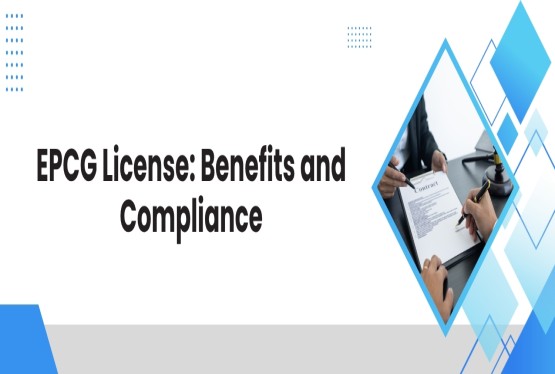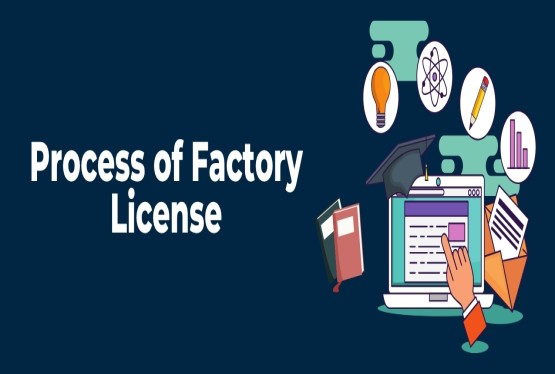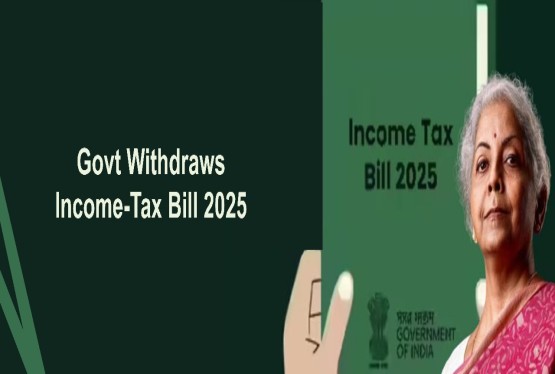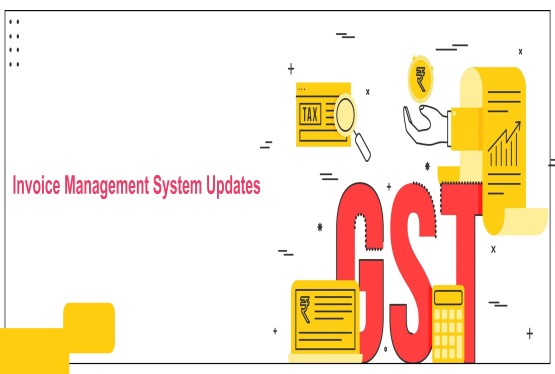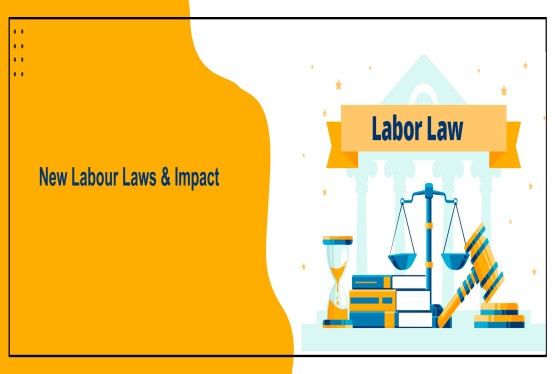The Composition Scheme under Goods and Services Tax (GST) is designed to simplify compliance for small taxpayers. This scheme allows eligible businesses to pay a fixed percentage of their turnover as tax and avoid the complexities of filing multiple returns and maintaining detailed records.
The Composition Scheme is an alternative method of GST payment designed for small taxpayers. It reduces the compliance burden and provides relief from extensive GST formalities. Instead of the regular GST rates, businesses under this scheme pay a nominal fixed rate based on their turnover. In 2025, the scheme continues to be a preferred choice for small businesses with turnover below the prescribed threshold.
Eligibility for the Composition Scheme
1. Turnover Limit:
-Businesses with an aggregate turnover of up to Rs. 1.5 crores in the preceding financial year can opt for the scheme.
-For businesses in North-Eastern states and Himachal Pradesh, the limit is Rs. 75 lakhs.
2. Service Providers:
-Service providers can opt for the scheme if their annual turnover is within the prescribed limits. Additionally, they can supply services up to 10% of turnover or Rs. 5 lakhs, whichever is higher.
3. Multiple Businesses under a Single PAN:
-If a person owns multiple businesses under the same PAN, they must collectively register all businesses under the scheme or opt-out entirely.
Who Cannot Opt for the Composition Scheme?
The following taxpayers are excluded from the scheme:
1. Manufacturers of products such as:
-Ice cream
-Pan masala
-Tobacco
2. Businesses engaged in inter-state supplies.
3. Businesses supplying goods or services via e-commerce operators collecting Tax Collected at Source (TCS).
4. Casual taxable persons or non-resident taxable persons.
5. Businesses dealing in exempt supplies.
Conditions for Availing the Composition Scheme
Taxpayers opting for the Composition Scheme must adhere to the following conditions:
1. Input Tax Credit (ITC): Composition dealers cannot claim Input Tax Credit (ITC) on purchases.
2. Taxable Goods Only: They cannot supply goods that are not taxable under GST (e.g., alcohol).
3. Reverse Charge Mechanism (RCM): Tax on reverse charge transactions must be paid at normal GST rates.
4. Uniform Registration: All businesses under the same PAN must be registered uniformly under the scheme.
5. Mandatory Declarations:
-Display “Composition Taxable Person” on business signboards.
-Mention “Composition Taxable Person – Not Eligible to Collect Tax on Supplies” on bills of supply.
How to Opt for the Composition Scheme?
To register under the Composition Scheme:
1. File GST CMP-02: Log in to the GST portal and submit Form CMP-02 at the beginning of the financial year.
2. Transition Period: Taxpayers opting into the scheme mid-year must file additional forms, ensuring compliance with GST rules.
Billing under the Composition Scheme
-Bill of Supply: A composition dealer cannot issue tax invoices. Instead, they must issue a Bill of Supply, as they cannot charge tax separately from customers.
-Mandatory Note on Bills: Include the statement: “Composition taxable person, not eligible to collect tax on supplies” at the top of every Bill of Supply.
GST Rates under the Composition Scheme
The GST rates for composition dealers are as follows:
|
Business Type |
GST Rate |
|
Manufacturers and Traders |
1% of turnover |
|
Restaurants (not serving alcohol) |
5% of turnover |
|
Service Providers |
6% of turnover |
Returns to be Filed by Composition Dealers
1. Quarterly Statement (CMP-08): File CMP-08 by the 18th of the month following each quarter to pay tax.
2. Annual Return (GSTR-4): File GSTR-4 by 30th April of the subsequent financial year.
3. GSTR-9A: While it was waived off for earlier years, any updates regarding its applicability in 2025 will depend on notifications.
Benefits of the Composition Scheme
1. Reduced Compliance: Fewer returns to file and no need for detailed records.
2. Lower Tax Liability: Fixed tax rates based on turnover reduce the burden.
3. Increased Liquidity: Lower taxes ensure better cash flow for small businesses.
Disadvantages of the Composition Scheme
1. Restricted Operations: Businesses cannot make inter-state supplies.
2. No Input Tax Credit: Dealers cannot avail of ITC on purchases.
3. Limited Growth Potential: The scheme may not be suitable for businesses with plans to expand geographically or diversify products.
Conclusion
By opting for the Composition Scheme, small businesses can focus on growth without worrying about the complexities of GST compliance. However, it is essential to evaluate the scheme's pros and cons and ensure adherence to its conditions to avoid penalties.
If you need any support regarding GST, you can book a consultation with our expert through mail i.e., info@ccoffice.in or Call/Whatsapp us on 9988424211.
FAQs
1. What is the turnover limit for the Composition Scheme in 2025?
Ans. The turnover limit is Rs. 1.5 crores for most states and Rs. 75 lakhs for North-Eastern states and Himachal Pradesh.
2. Can service providers opt for the Composition Scheme?
Ans. Yes, service providers can opt for the scheme if their turnover is within the limit and their service income is up to 10% of turnover or Rs. 5 lakhs, whichever is higher.
3. Can a composition dealer issue tax invoices?
Ans. No, composition dealers cannot issue tax invoices. They must issue a Bill of Supply instead.
4. Is Input Tax Credit available to composition dealers?
Ans. No, ITC cannot be claimed by taxpayers registered under the Composition Scheme.
5. What is the penalty for wrongly availing of the Composition Scheme?
Ans. Taxpayers found ineligible for the scheme but still availing it must pay the differential tax along with interest and penalties.
6. How often does a composition dealer need to file returns?
Ans. Composition dealers must file CMP-08 quarterly and GSTR-4 annually.
7. Can composition dealers make inter-state supplies?
Ans. No, composition dealers are restricted to intra-state transactions only.
8. What happens if turnover exceeds the threshold limit during the year?
Ans. If the turnover exceeds the threshold, the taxpayer must switch to the regular GST scheme and comply with its requirements.








_crop10_thumb.jpg)

















































































_for_FY_2025-26_crop10_thumb.jpg)



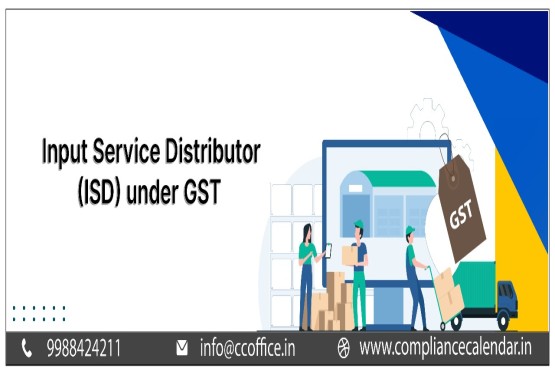








_learn_crop10_thumb.jpg)








_Filing_Due_Dates_for_FY_2024-25_learn_crop10_thumb.jpeg)
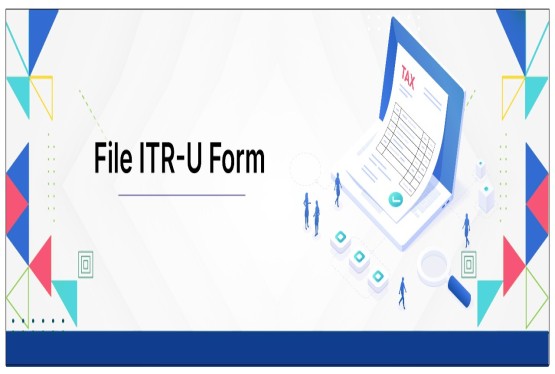

























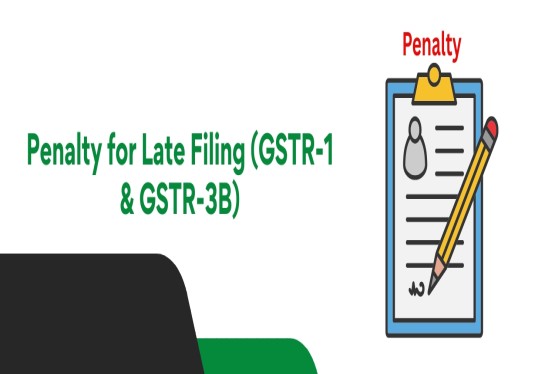












_of_GST_Act_learn_crop10_thumb.jpg)










_Under_GST_learn_crop10_thumb.jpg)









_crop10_thumb.jpg)


_crop10_thumb.jpg)






_learn_crop10_thumb.jpg)






















_of_the_Income_Tax_Act_learn_crop10_thumb.jpg)



_learn_crop10_thumb.jpg)
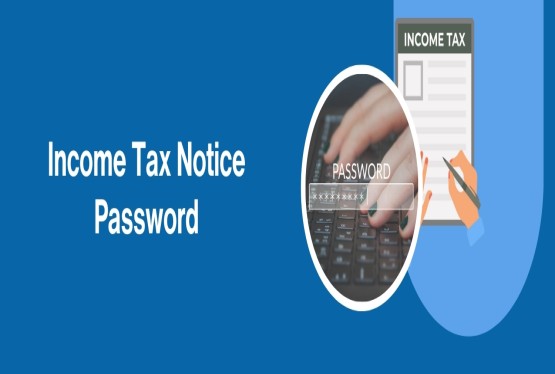





_learn_crop10_thumb.jpg)






_crop10_thumb.jpg)




















_in_The_Income_Tax_Act,_1961_learn_crop10_thumb.jpg)



_learn_crop10_thumb.jpg)



_of_the_Income_Tax_Act_learn_crop10_thumb.jpg)


_Of_Income_Tax_Act_learn_crop10_thumb.jpg)








_learn_crop10_thumb.jpg)








_learn_crop10_thumb.jpg)
_crop10_thumb.jpg)






















_learn_crop10_thumb.jpg)
_for_Import_and_Export_learn_crop10_thumb.jpg)









